2025 Clothes Dropshipping: How Savvy Sellers Profit
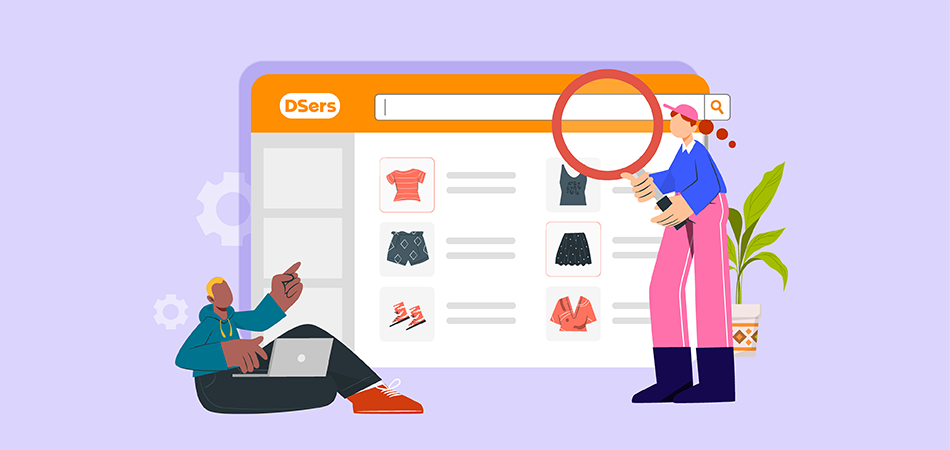
Want to capitalize on the e-commerce boom in 2025? Clothes dropshipping is your golden ticket—no inventory, low startup costs, and flexible operations make it the perfect way to tap into the billion-dollar fashion market.
This guide reveals the 7-step blueprint to launching a profitable dropshipping store, plus how industry giant Gymshark scaled to $1.2B in revenue using this model. Whether you're a beginner or a seasoned seller, these strategies will help you avoid pitfalls and fast-track your success.
Why Smart Sellers Choose Clothes Dropshipping in 2025
Low Initial Investment

In 2025, smart sellers like you are drawn to dropshipping clothes mainly for its low initial investment. Unlike traditional retail—requiring heavy capital for inventory, warehousing and logistics—dropshipping lets you start with minimal upfront costs.
You only pay for products after a customer orders, avoiding large inventory expenses. Ideal for those with limited funds or testing the market, it lets you focus on marketing and product selection without inventory risks. A flexible, low-risk way to enter E-Commerce this year.
Flexibility and Scalability
Imagine running your own clothing business from anywhere in the world—no inventory, no upfront costs, and no logistical headaches. With dropshipping, you can!
Whether at home or on the go, all you need is an internet connection to get your work done.
Want to test a new trend? Get it in your store with a simple click. If something isn’t selling, remove it instantly—no wasted stock or sunk costs.
Best of all? Your business scales effortlessly. More sales? No problem—your supplier handles the orders. No need for extra storage or hiring staff. You focus on marketing, branding, and growing your global customer base while the system works for you.
Ready to turn your fashion passion into profit? Dropshipping makes it possible—without the usual risks. Small steps, big visions, flexible growth! 🚀
Diverse Product Selection
In 2025, fashion trends are evolving at an unprecedented pace, and you're constantly seeking new and unique styles. With clothes dropshipping, you can offer a vast array of products from multiple suppliers, giving your customers a diverse selection to choose from.
You can partner with suppliers specializing in different niches, like sustainable fashion, streetwear, or vintage clothing, and curate a product catalog that stands out in the market.

|
Find Better Supplier For Products DSers Supplier Optimizer - One click to filter out the most proper suppliers for your products |
This not only helps you attract more customers but also boosts your average order value, as customers are more likely to purchase multiple items when you present them with a wide range of options.
Reduced Risk
The dropshipping model lowers the risks of operating a fashion brand. Since sellers do not hold inventory, they are not exposed to the risk of stock obsolescence or fluctuations in demand. In case a particular product does not sell as expected, there is no financial loss due to unsold inventory.
Additionally, suppliers often handle product returns and exchanges, further minimizing the seller's liability. This reduced risk profile makes clothing dropshipping an attractive option for risk-averse entrepreneurs.
Your 7-Step Roadmap to Launching a Profitable Clothes Dropshipping Store
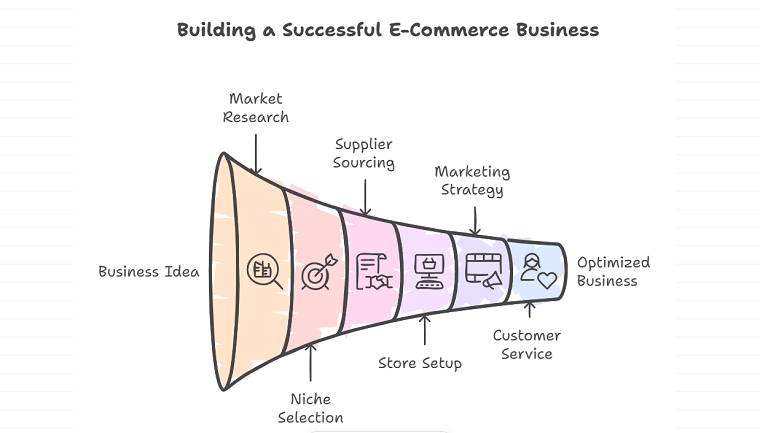
Step 1: Conduct Market Research
Think you can just throw up a store and start selling? Think again. The difference between another failed Shopify experiment and a thriving fashion brand comes down to one critical foundation: deep market understanding.
Here's the reality check:
Your future customers are already buying clothes somewhere else. Your job is to figure out why they'll switch to you. That means digging into:
- Who exactly is your ideal buyer (not just "women 18-35")
- What specific style problems they struggle with (poor fits? boring designs?)
- Where current brands are failing them (slow shipping? impersonal service?)
This isn't about copying what's working, it's about finding what's missing. Maybe it's premium fabrics in plus-size fashion. Maybe it's punk styles with fast shipping. Your winning product is hiding in these gaps.
Skip this step and you're just gambling. Master it, and you're already ahead of 90% of dropshippers who just "wing it." The question is-are you building just another store, or the next big thing?
Step 2: Select a Niche
Want your clothing dropshipping store to get noticed? The secret isn't selling everything, but dominating a specific niche where you can become the go-to expert. Forget competing in oversaturated markets like general women's fashion-instead, solve real pain points for underserved audiences.
Think: trendy office wear for Asian women, or high-performance maternity activewear for fitness enthusiasts.
The golden opportunity lies in those "too small to notice" gaps that big brands ignore. Scroll through competitor reviews-those complaint sections are treasure maps to unmet needs. The sweet spot? Find your ideal niche where market demand aligns with your expertise and enthusiasm.
When you discover a niche that makes a specific customer group say "This is exactly what I've been searching for!"-that's when you've found your winning market. Sharpen your focus to outshine the competition. Now, what unique customer problem will your store solve?
Step 3: Source Reliable Suppliers
For your dropshipping business, source reliable suppliers via trusted platforms like Alibaba or AliExpress. Prioritize niche-focused providers with strong ratings, real-time inventory updates, and fast shipping.
Test product quality with samples, negotiate flexible terms (competitive pricing, low order minimums), and ensure seamless integration with your e-commerce site. Always have backup suppliers ready. Choose partners aligned with your brand to build a resilient foundation.
Step 4: Set Up Your E-Commerce Store
Now that you've nailed your niche and lined up suppliers, it's time to build your storefront. Shopify's your easiest plug-and-play option, while WooCommerce gives you more control if you're comfortable with WordPress. Don't get paralyzed by design choices-pick a clean template that puts your products center stage.
Your product pages need to convert: crisp photos that show texture and fit, bullet points that address customer hesitations, and clear size charts to minimize returns. Payment processing isn't glamorous, but offering multiple secure options (especially local favorites like Klarna or Afterpay) can seriously boost checkout completion.

|
Manage Multiple Stores In One Account Multiple Stores Management - Link and manage multiple stores on different platforms in one place |
Remember, your store isn't just a catalog-it's the digital embodiment of your brand. Every element, from your color scheme to your checkout flow, should reinforce why you're the best solution for your specific niche. Continuously refine your offering using real customer feedback loops.
Step 5: Develop a Marketing Strategy
A robust marketing strategy is essential to drive traffic to your clothing dropshipping store and convert visitors into customers. Utilize a combination of online marketing channels, including social media marketing, search engine optimization (SEO), content marketing, and email marketing.
Build a strong social media presence on platforms such as Instagram, Facebook, and Pinterest to showcase your products, engage with your audience, and run targeted advertising campaigns.

Turn searchers into customers with professional SEO that delivers real traffic. Create valuable content, such as blog posts, style guides, and fashion tips, to attract and retain customers.
Step 6: Provide Excellent Customer Service
In the competitive world of e-commerce, providing excellent customer service is key to building a loyal customer base and generating repeat business. Respond quickly, resolve effectively, and delight consistently-the golden rule of customer care.
Offer hassle-free return and exchange policies, provide detailed product information, and keep customers informed about their order status. Positive customer experiences will not only lead to repeat purchases but also encourage customers to recommend your store to others.
Step 7: Monitor and Optimize Your Business
Regularly monitor the performance of your clothing dropshipping store using analytics tools provided by your e-commerce platform. Monitor core performance indicators including visitor analytics, conversion funnels, purchase values, and loyalty metrics to optimize your business strategy.
Analyze service delivery models to identify and eliminate friction points, thereby enhancing customer experiences. Experiment with different marketing strategies, product offerings, and pricing models to find what works best for your store and continuously adapt to changing market conditions.
Challenges in Clothes Dropshipping & How to Overcome Them
Intense Competition
The clothes dropshipping industry is highly competitive, with thousands of sellers vying for the attention of customers. To stand out in the crowded market, it's essential to differentiate your store by offering unique products, exceptional customer service, and a memorable brand experience.
Focus on building a strong brand identity, develop a unique selling proposition, and target a specific niche market. Continuously innovate and stay ahead of the competition by offering new products, running exclusive promotions, and leveraging the latest marketing trends.
Product Quality Control
Stop quality issues before they ship: Establish clear specifications and quality benchmarks with suppliers. Poor-quality products can lead to customer dissatisfaction, negative reviews, and returns, which can damage your brand reputation.
To overcome this challenge, thoroughly vet your suppliers before partnering with them. Request product samples, read customer reviews, and check for any quality certifications. Establish clear quality control standards with your suppliers and regularly communicate with them to ensure they are met.
If you receive complaints about product quality, address them promptly and work with your suppliers to resolve the issue.
Shipping Delays
Shipping delays can hurt customer satisfaction and damage your store's reputation. To prevent this, partner with reliable suppliers offering fast shipping, set clear delivery expectations, and provide timely order updates.
Offering expedited shipping options helps meet urgent needs, while proactive communication during delays—with apologies and compensation—helps retain trust.
How DSers Helps:
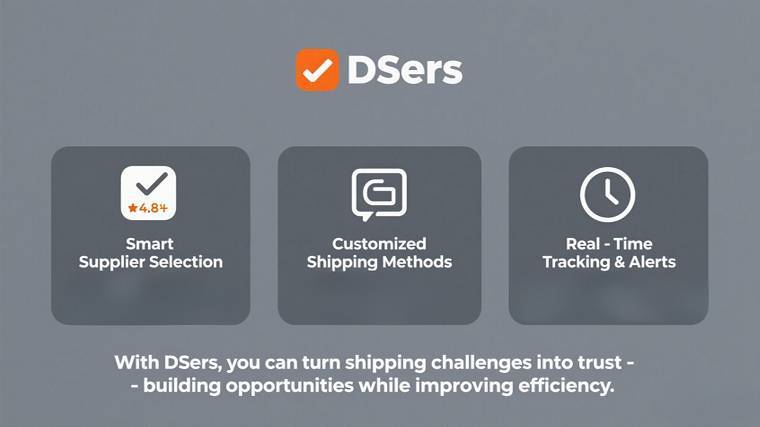
- Smart Supplier Selection: Prioritizes high-rated vendors (4.8+) with local warehouses for faster 3-7 day delivery.
- Customized Shipping Methods: Set up default shipping method by price range and delivery date range.
- Real-Time Tracking & Alerts: Syncs tracking info and sends automated updates to customers.
Success Story & Key Stats
Gymshark, founded by Ben Francis in 2012, exemplifies dropshipping success by leveraging the model’s low-risk structure to enter the competitive fitness apparel market, partnering with reliable suppliers to offer diverse products without heavy inventory and focusing resources on marketing and building a fitness community.
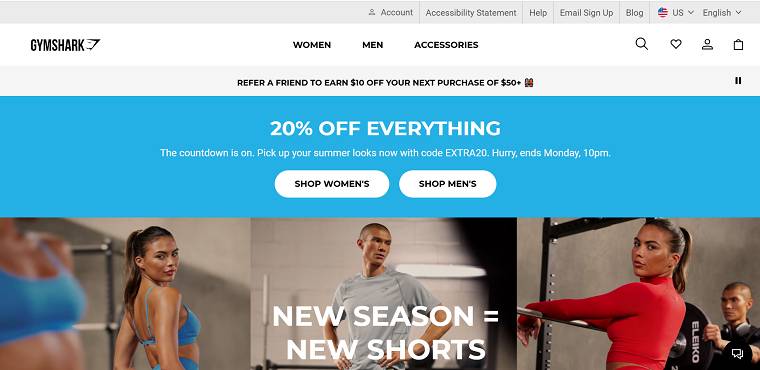
Its marketing strategy thrived under dropshipping’s flexibility, quickly testing trends and using influencer partnerships—particularly on Instagram, where suppliers shipped products directly to influencers—to efficiently promote new collections, as seen in the simultaneous sample shipments to hundreds of influencers for high-performance leggings that drove traffic and sales.
By 2025, dropshipping also fueled its global growth through regional supplier partnerships that reduced shipping times and costs, enhancing customer satisfaction and repeat business, with annual revenue reaching $1.2 billion in 2024 as the brand continues innovating within the model.
Key Stats:
- The global dropshipping market reached $365.7 billion by 2024, with the clothing segment accounting for a significant share of this growth.
- On average, clothing dropshipping stores maintain a profit margin of 25–30%, making it a highly lucrative business model.
- Social media platforms like Instagram drive 60% of traffic to clothing dropshipping stores, highlighting the importance of social media marketing in this industry.
- Customers are 75% more likely to purchase from a clothing dropshipping store that offers free shipping, with 82% of consumers citing it as a key factor in their purchasing decision.
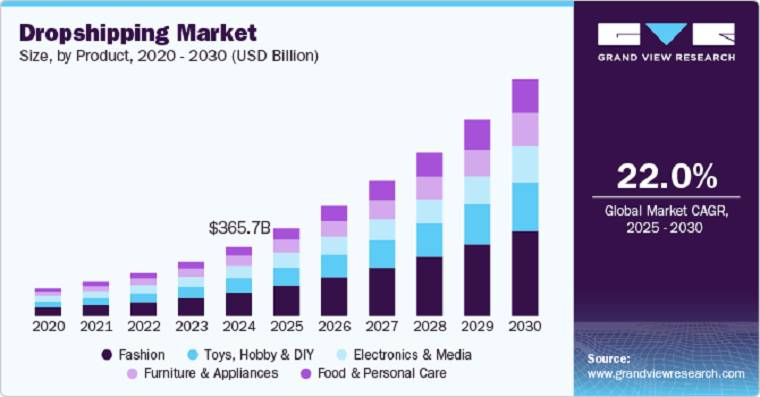
Gymshark’s story illustrates how dropshipping—with its low inventory costs, rapid market response, and marketing flexibility—is reshaping e-commerce. If you’re considering entering the e-commerce space, take inspiration from Gymshark: combine dropshipping with social media marketing to unlock your own business potential.
Conclusion
In 2025, clothing dropshipping remains a low-risk, high-reward opportunity. With minimal upfront costs, endless product options, and proven strategies, you can build a profitable store—starting today. Ready to succeed? Follow the 7-step roadmap in this guide, avoid common pitfalls, and tap into this booming market before the competition catches up.









 Company
Company
 Why Choose DSers
Why Choose DSers
 Blog
Blog
 Help Center
Help Center




 Live Chat
Live Chat